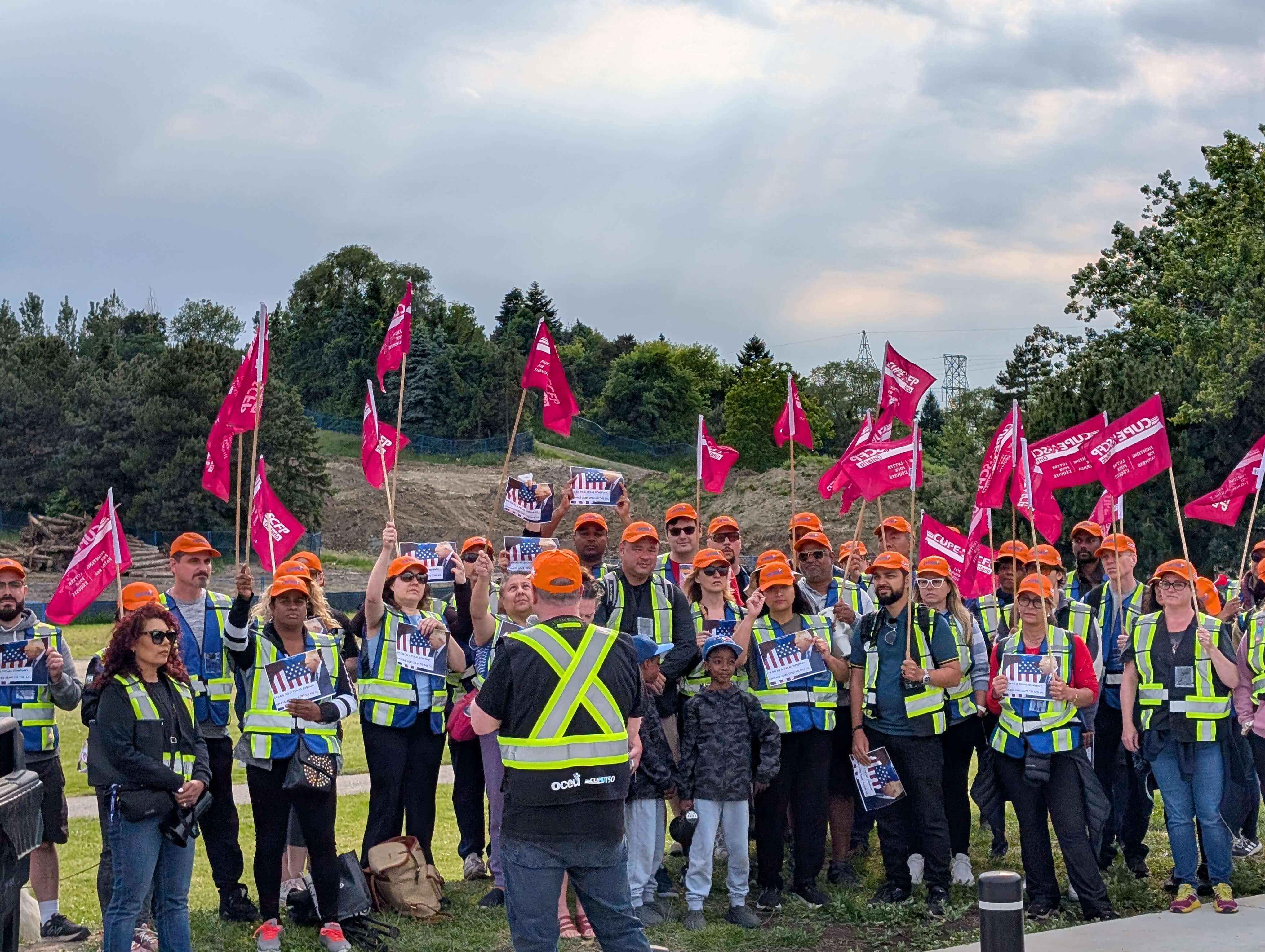Seven steps to ensure your organization is enforcing best practice

Creating a strong safety culture within an organization is an inherent part of building a safe workplace. But why is it so important? And what exactly do we mean by “safety culture”?
A culture includes all the attitudes, beliefs, norms and values which influence worker behaviours. Safety managers and organizational leadership need to set the tone and create an environment where health and safety is a priority, and where safety is not an obligation imposed on a worker but a mindset which influences everything they do.
A strong and positive safety culture goes a long way in getting safe behaviours engrained at every level of the organization, and in turn reducing unnecessary and costly injuries and fatalities.
A Queens School of Business and Gallup Organization study in 2017 found that disengaged workers with low morale led to 49 per cent more accidents, and 60 per cent more errors and defects. The impact on safety is huge – and can also have dire financial consequences for an organization.
Of course, organizations should be meeting basic safety requirements, but to ensure both employee morale and ensure business continuity, organizations should also be going that extra mile and investing in ways to enhance their safety culture.
So how can you create a strong safety culture at work?
1. Define responsibilities. Establishing a clear chain of command – or who does what – makes safety more transparent. Workers know who to go to if they have questions or if a problem arises in the workplace. In addition, giving the appropriate people the right titles and clearly defined responsibilities empowers them with authority.
2. Open communication systems. Transparency is key and communication between leadership and the frontline is essential – especially amid a pandemic where so many workers feel isolated at home or perhaps in the field without proper guidance.
READ MORE: Why businesses must take a measured approach to transforming safety culture
“If you put in the time with the employees, and they feel like they’ve contributed to it, you’ll likely see that behaviour on the frontline. And you’ll have a more sustainable approach and a higher level of occupational safety performance,” told Mike Parent, Vice President – Prevention Services at Workplace Safety North (WSN), to COS.
3. Have an organizational vision for safety. For many organizations, safety is a journey. Some companies are at the very beginning, others are leading the way in terms of what safety in the workplace should really look like. But every workplace is unique, and has its own quirks and specificities. Leadership needs to come up with a vision of what safety looks like for their business or organization, and seriously think of all the steps needed to get there.
Furthermore, this vision isn’t set in stone. As an organization evolves, so will its needs. Continually assessing and analyzing your safety plan is essential to ensure that your company is keeping up with worker’s needs.
4. Provide training – and more broadly, give workers what they need to succeed. Safety training is, in some cases, mandatory. But it’s also an excellent tool for workers to gain necessary knowledge about safe workplace behaviours. Fire safety, ergonomics, cybersecurity, etc. there’s something for everyone.
5. Lead by example. Managers need to embody a safety-first work style. Organizations need to take ownership of safety issues. If leaders are demonstrating safe behaviours on a regular basis, how do they expect others to follow?
READ MORE: Safety culture 'really has to start with organization's leadership'
“You can train all you want, you can educate on what needs to happen, but at the end of the day it has to be leaders in the organization who drive the culture in an organization. Leaders must hold themselves accountable so that they can push that accountability down into organization. That’s not an easy feat,” said AECOM’s Director of Safety, Health and Environment – Canada, Julianne Da Re to COS.
6. Have a positive reporting process. Some accidents are, sadly, inevitable. It doesn’t matter how much you invest, sometimes things just go wrong in the workplace. If you have built a strong safety culture, workers should not be afraid to raise their hand when something goes wrong. Organizations need to make sure that there are proper processes in place, and communicate them with employees so that they are informed on and comfortable with the reporting process.
7. Involve employees. Sometimes, workers know best. After all they are the ones actually doing the tasks. Don’t hesitate to consult with your employees on what you can be doing to improve their working conditions – and by extension their safety. Including employees in the decision-making process will also make them feel like valued members of the company, and thus more inclined to buy into company culture.





